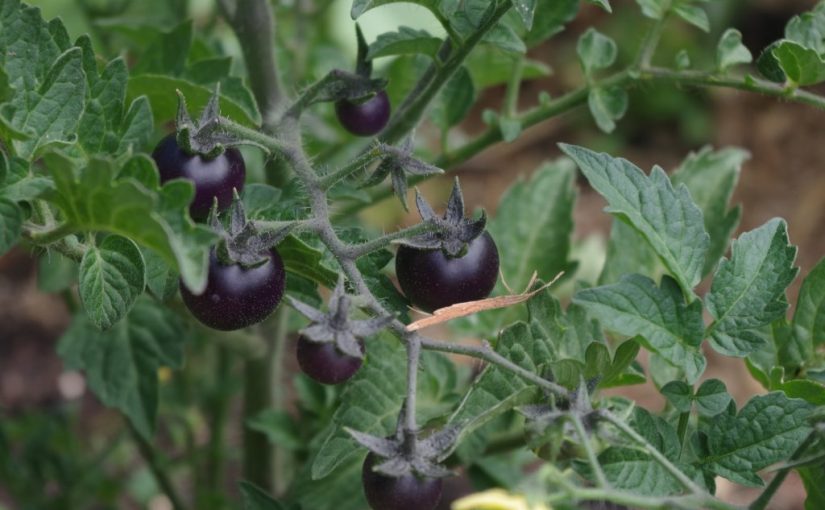Forty years ago, on February 16, the 1983 Ash Wednesday bushfires wreaked havoc in this corner of the continent. During that drought summer, reservoirs dwindled to vapour and the city residents had their water rationed. 1.3 million acres of land burned. Eight days before the really big fire, the city of Melbourne was engulfed in a dust cloud 300m (1,000ft) high and 500km (310 miles) long. Big enough to make you think the world had ended. When the dust cloud hit, I recall the day turning to night. Some things you forget, but not that.
The 1983 fires eventually ripped through this mountain range at night. The fire had begun far to the west of here in East Trentham earlier in the afternoon. Something to do with power lines and trees. The strong winds pushed the fire in the direction of the mountain range, and there was no stopping it. The day remains on many of the older trees and tree stumps here. You can see the blackened scars.

The trees in this mountain range are big. But the really old and large trees are a bit rare. The century of logging has a lot to do with that story. And large old trees aren’t immune from being killed off by the occasional bonkers destructive bushfire either, like that one in 1983. We’re lucky to have a few of the large old trees here. Big old trees, huge things, and oh my, the changes those trees would have seen in their days.
You can tell where that fire moved through the land around here. That’s where the trees are all the same size and age. The previous forest in that case was most likely wiped out. The new trees you see growing today, germinated as seeds in the rich ash beds, mostly because they had zero competition. Seeds don’t require fertile soil in which to sprout, and fire caused the seeds to germinate in large numbers.
In the areas where all the trees are the same size and age, they’re growing densely packed in and fighting each other for light, water and minerals. Tall and straight they grow, seeking the sun. Some trees will eventually prevail. After forty years, they’ve reach about 30m (100ft) above the ground, maybe more. The minimal room between each tree produces little canopy on the individual trees. And when the wind blows the branches scrape one against the other. On windy nights, an eerie clicking and clacking sound accompanies the tussle. During the day, gusts of wind can be tracked moving through the canopy.
Tightly packed in, the new trees don’t allow much room at ground level for any of the plants which the wallaby, wombat or kangaroo like to eat. Instead marsupials turn up here at the farm looking for a feed, because there is a clearing.
All forests change over long lengths of time and the collected combination of plants and critters is a fluid thing. Before the 1983 fires, the Tiger quoll (a native marsupial cat), lived in this forest. After the fires, none survived. If they’d survived the fire, the native cats would have suffered from a lack of feed, and probably also a sudden lack of housing in the replacement forest.
Most of the critters living high up in forest require tree hollows in which to nest. Hollows keep critters out of the elements. And the only way to get a hollow, is to have a big branch fall off a big tree, which leaves behind a round scar. The cockatoos with their sharp beaks peck away at the exposed soft fresh tree scars, gobbling up yummy wood grubs, termites and inadvertently opening up the hollow. The activities of the wood grubs or termites no doubt caused the branch to fall off in the first place. The cavity which is the tree scar eventually heals and hardens, and a new critter apartment is made. However, when tightly packed in trees have to compete with their fellow trees, no matter how tall, they don’t tend to grow big branches, and so not many new hollows get made.
I’ve often wondered why the large old trees here survived the fires when other areas weren’t so fortunate. When we first purchased this block of land way back in 2005, there were rumours that logging had continued here until fairly recent times, and that there had been some sort of resulting trouble. That’s rumours for you. Over the years we’d removed lots of chunks from an old burnt out car. There was even the remains of a destroyed shed, looked like an old timey potato shed. You find things from time to time. Nobody knows for sure what happened here, and if they do, they’re not talking. But I’ve got a theory. For whatever reason, the forest had been thinned, and despite the loggers leaving a mess on the floor of the forest, the trees were widely spaced. When the fire hit, the trees would have burned, but compared to a fire in a thick dense forest where there’s lots of fuel, the fire here might not have been hot enough to kill the trees. And they recovered.
It’s just a theory though. The view from here is pretty extensive. From this elevated position, you can see across a good chunk of Wombat State Forest. And trees extend from here all the way to the distant horizon. The forest could use some thinning, but city people sure have their theories too. And if the 1983 fires, the 2009 fires, and the recent 2019/20 fires aren’t enough to convince the reasonable person that things need to change, then I’d have to say that’s unreasonable.
Looks like summer has finally arrived here, a bit late, but as they say, better late than never. There was even a few days of a mild heat wave. 39’C / 102’F here and warmer again in the big smoke. It didn’t seem that bad to me.

After the couple of days of heat wave, the cool weather returned. Thick low clouds with air full of smoke from nearby fires.
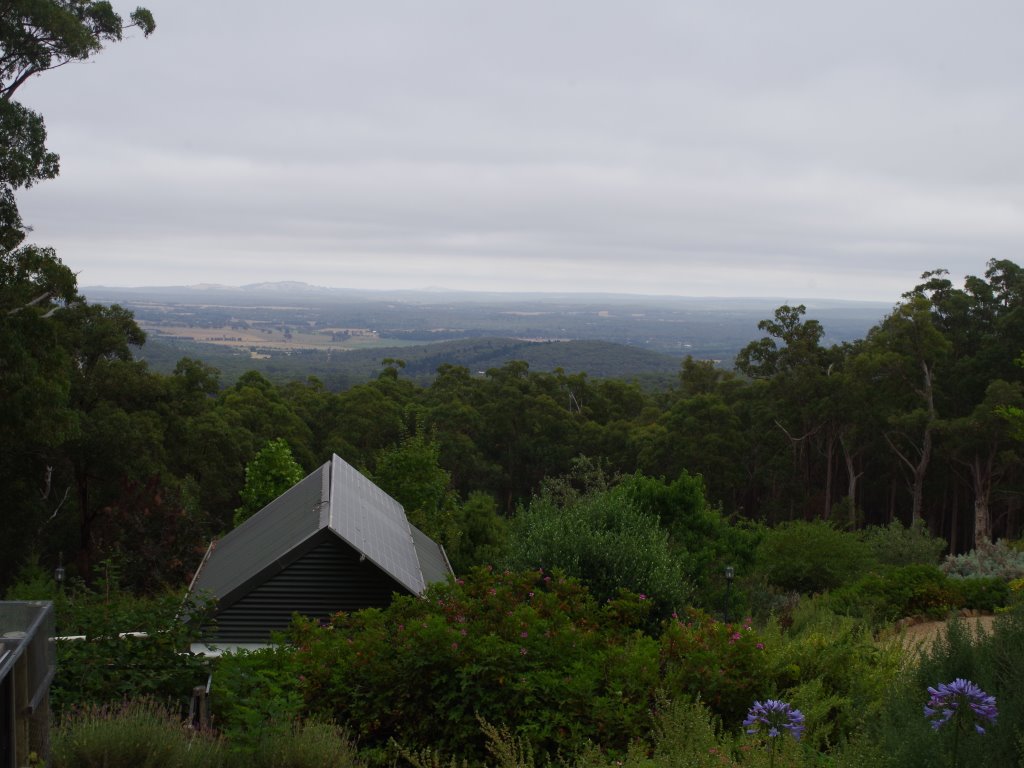
Wild Blackberry canes are a bit of a nightmare plant here. I enjoy the berries, shame about the wicked thorns on the canes. They make for interesting picking. We grow only thornless varieties of Blackberries, but the birds drop heaps of well fertilised seeds from the wild thorny varieties growing nearby. From time to time you have to clean these thorny invaders up, and when the canes are crawling along the ground heading towards the house like an 1980’s horror flick, you know something has to be done.
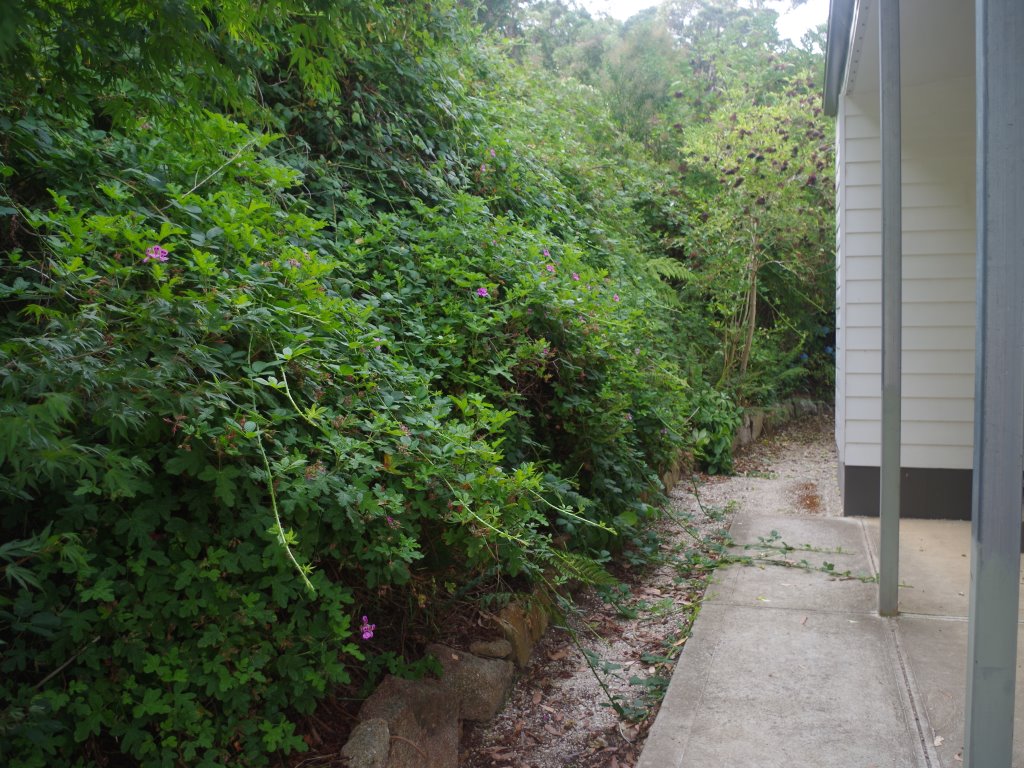
It takes a bit of effort to remove the Blackberry canes, and you know that despite your best efforts, like the Terminator, they’ll be back. Still, doing nothing is a bad idea, so you have to do something. Getting in with the electric pole saw is one way to deal with them.

The job was hard, but the heat that day made it harder. By early afternoon we’d removed a huge quantity of blackberry canes and received lots of scratches for our efforts.
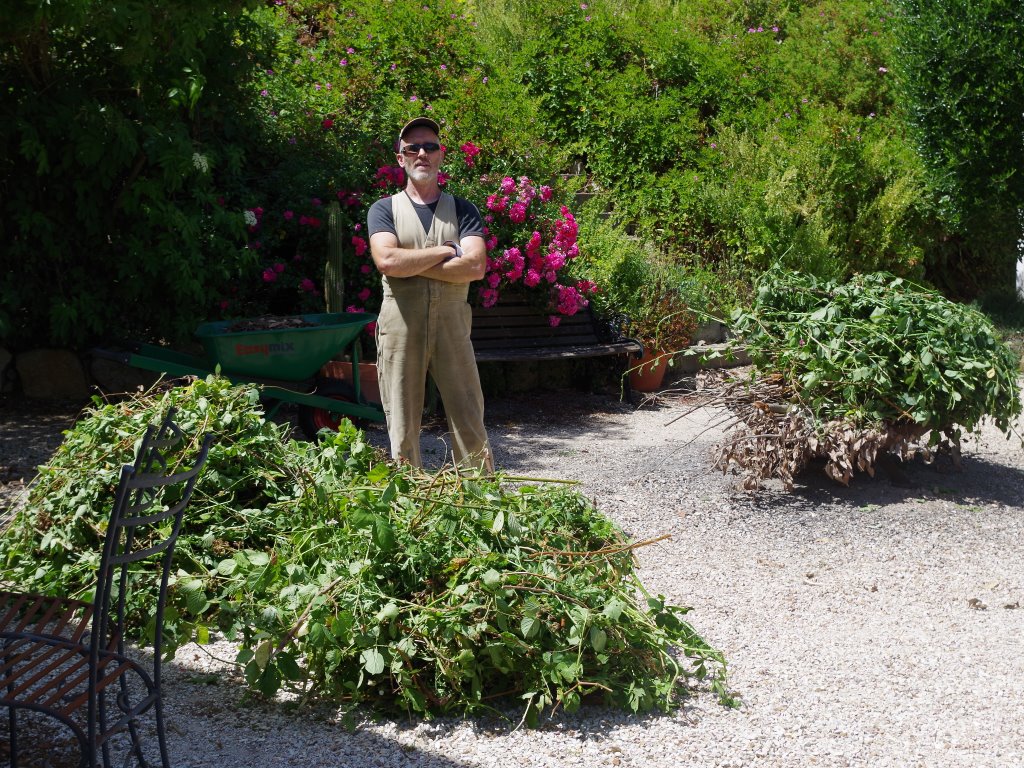
The area now looks like a bit of a mess, but the plants will recover.
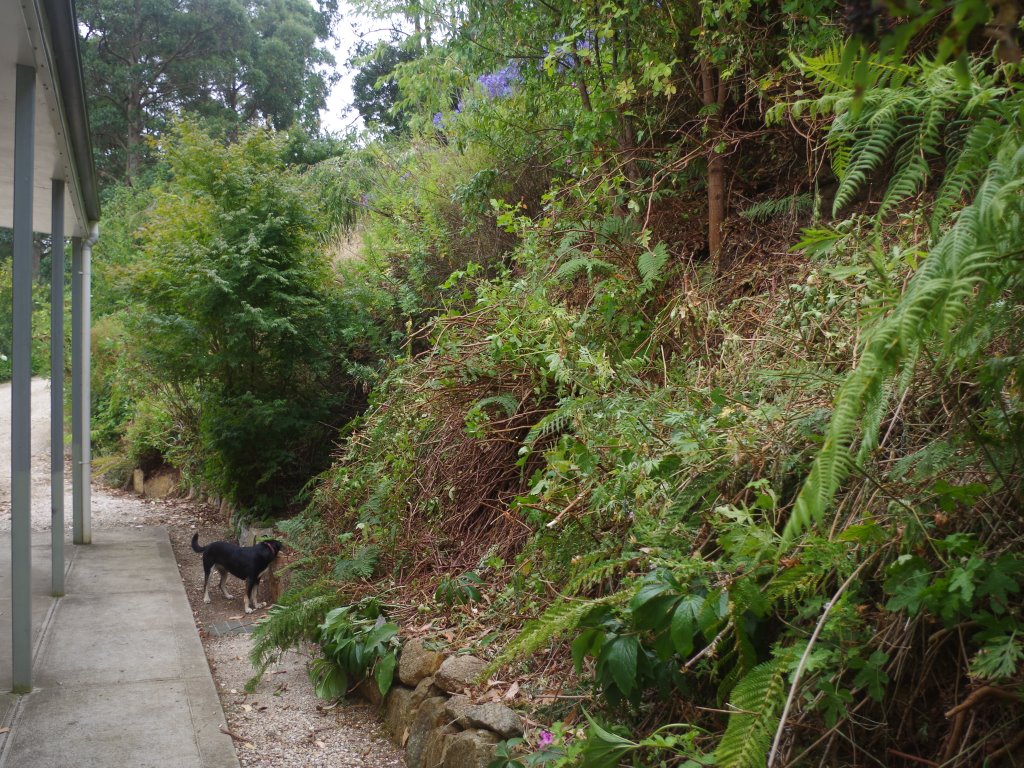
The additional energy from the now invigorated summer sunshine, has dried out the farm, but on the other hand has begun the ripening process for many of the productive plants.
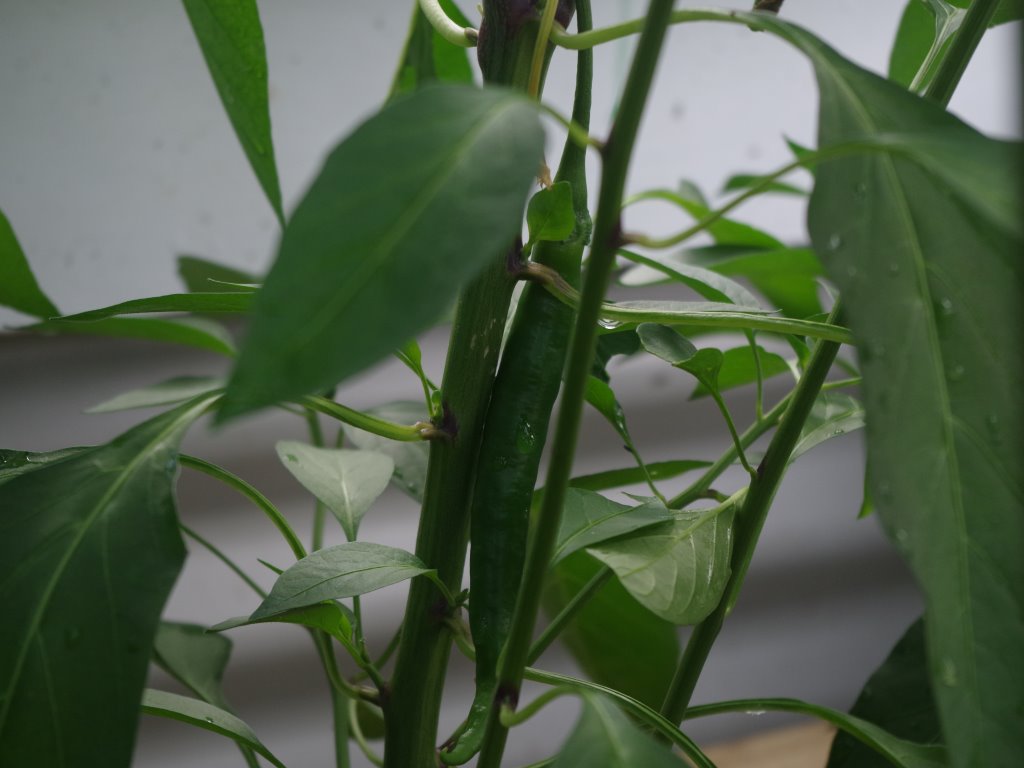
The most marginal plant we grow are the Eggplants. Outside in the elements, simply to get those fruits produced, then ripened is a tall order. It takes a summer similar to that of Black Summer 2019/2020 (go on, ask me why it has been so described) to do so. In the more usual years, they have to be grown in the greenhouse – no exceptions. And even then, the plants have only just begun to produce flowers and some tiny fruit.
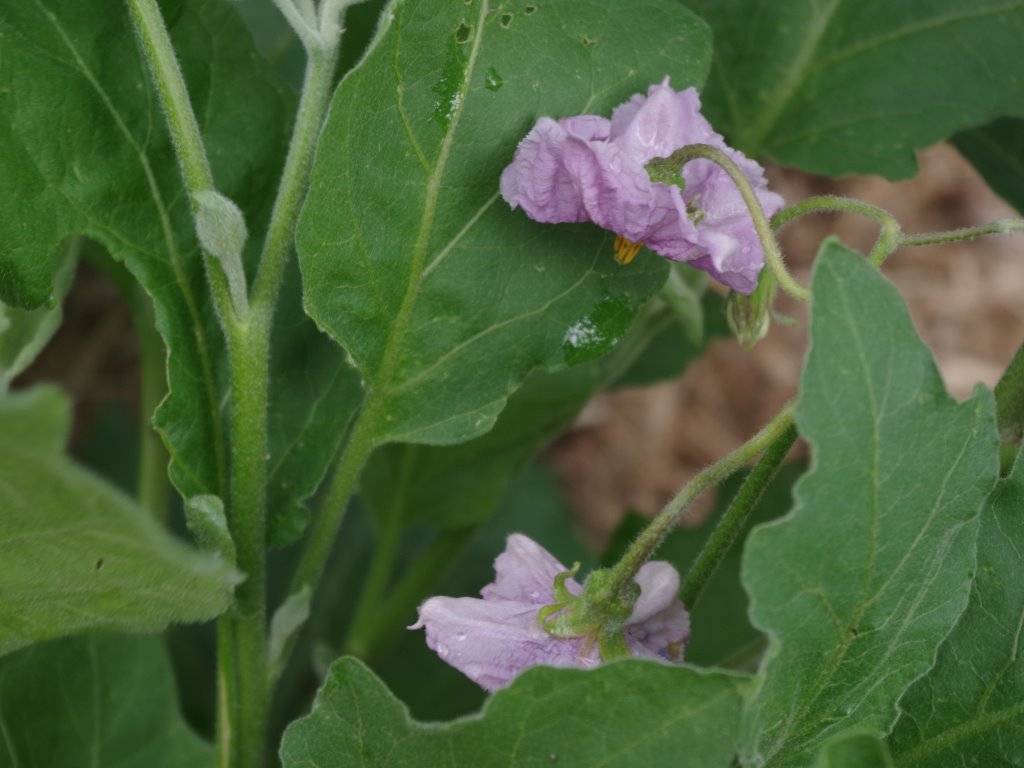
In the greenhouse, the Babaco (a cold climate pawpaw) dominates your attention. Each week the plant produces even more fruit – and it is only in its first year. Hopefully the fruit tastes as good as the promise. We’ve trialled the plant outside the greenhouse and it does not survive the conditions.
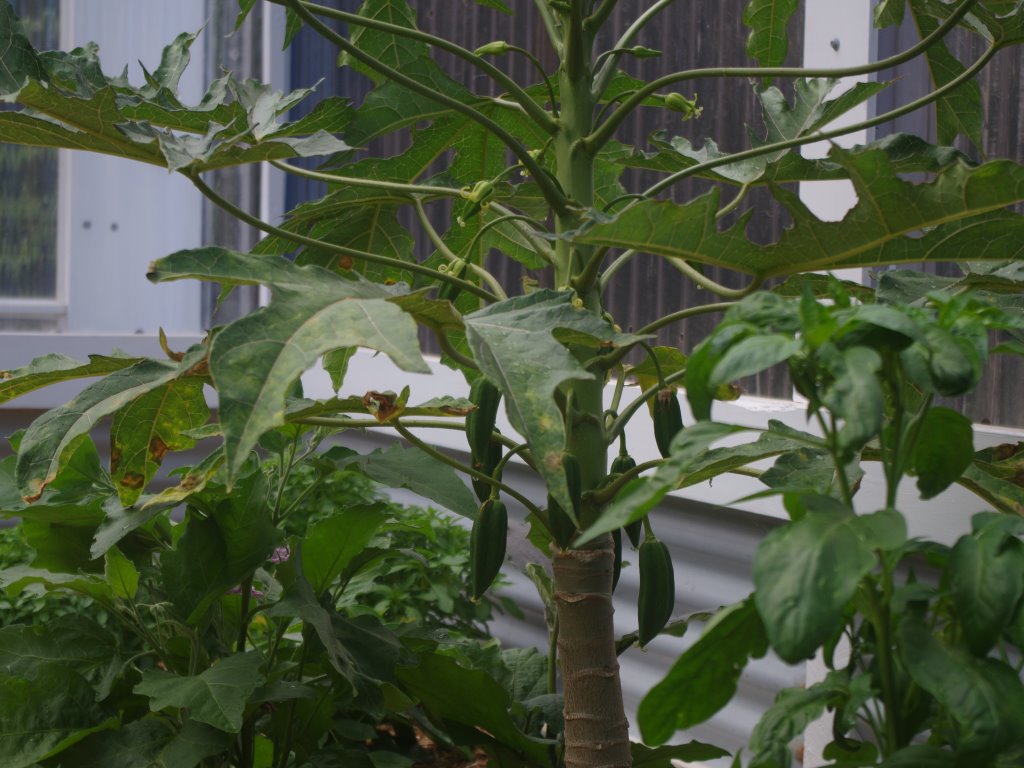
The greenhouse is looking very lush, and requires very little water each day and only a couple of minutes of my attention.
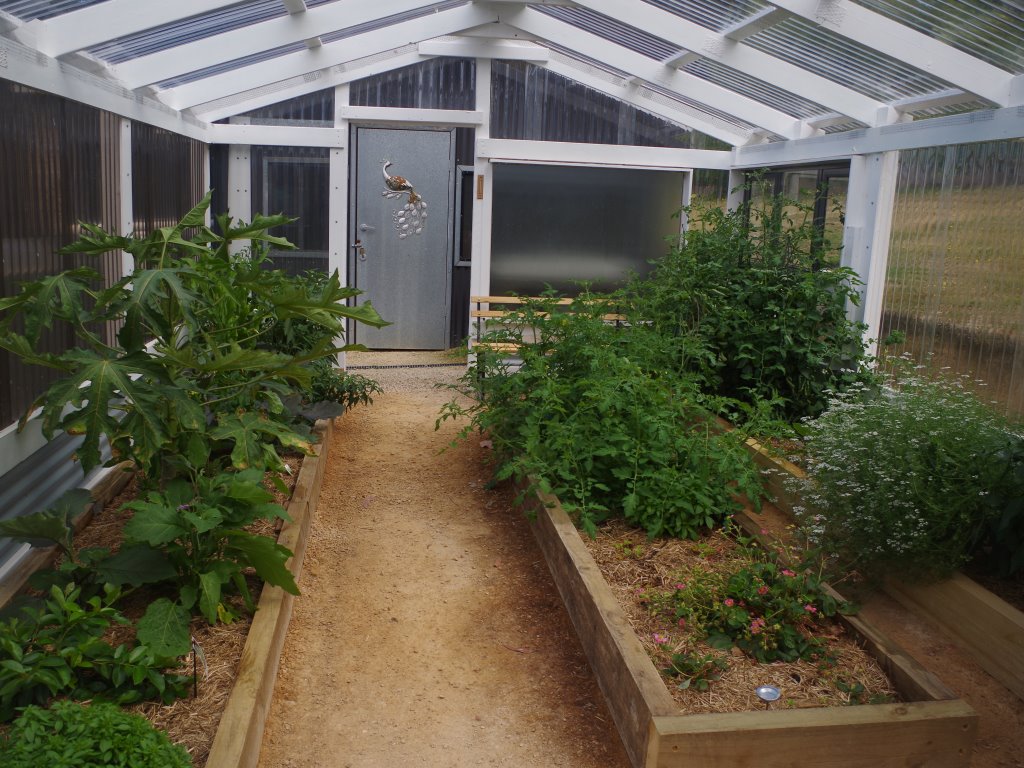
Outside the greenhouse, the now warmer weather has been beneficial to the many plants.
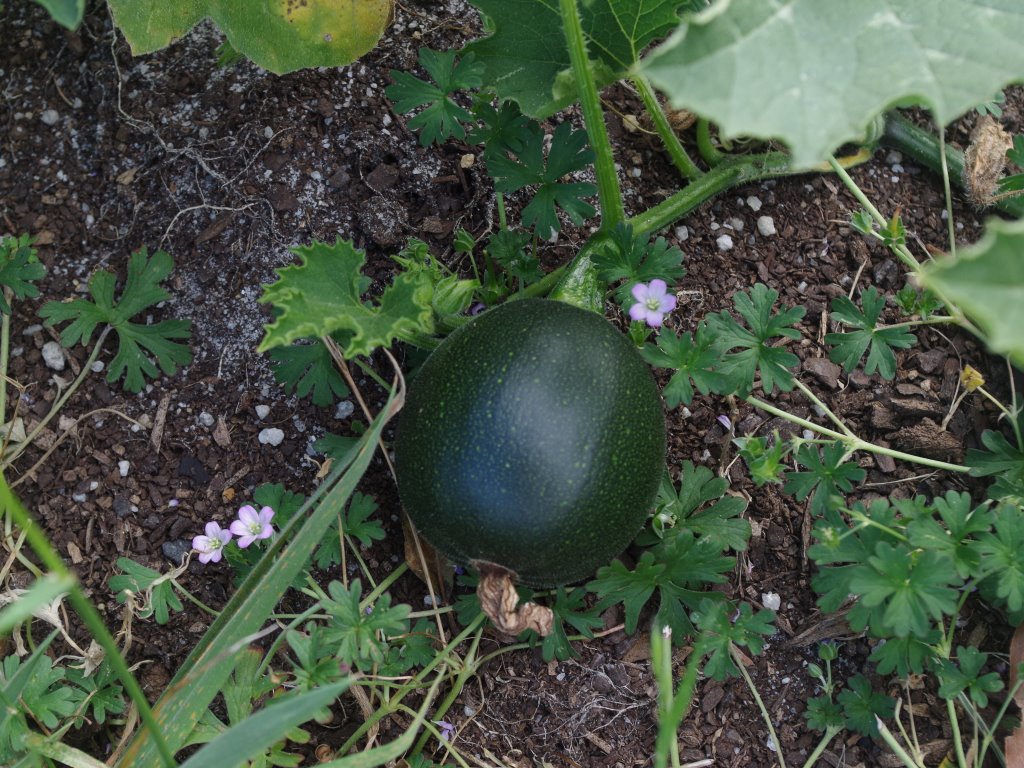
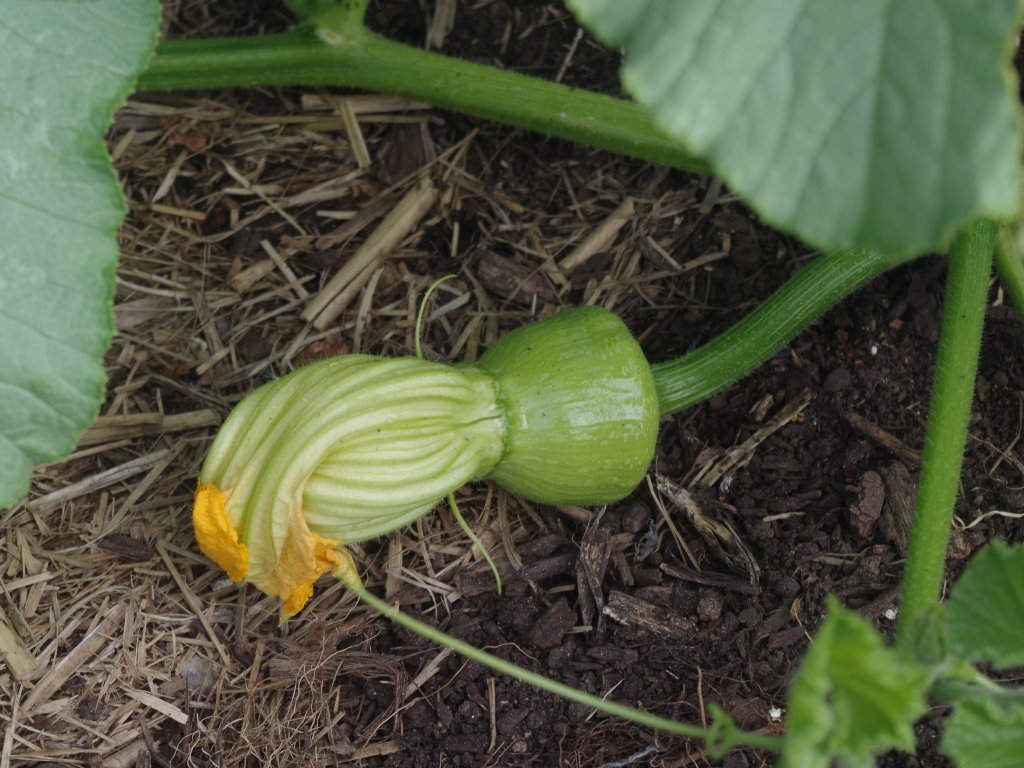


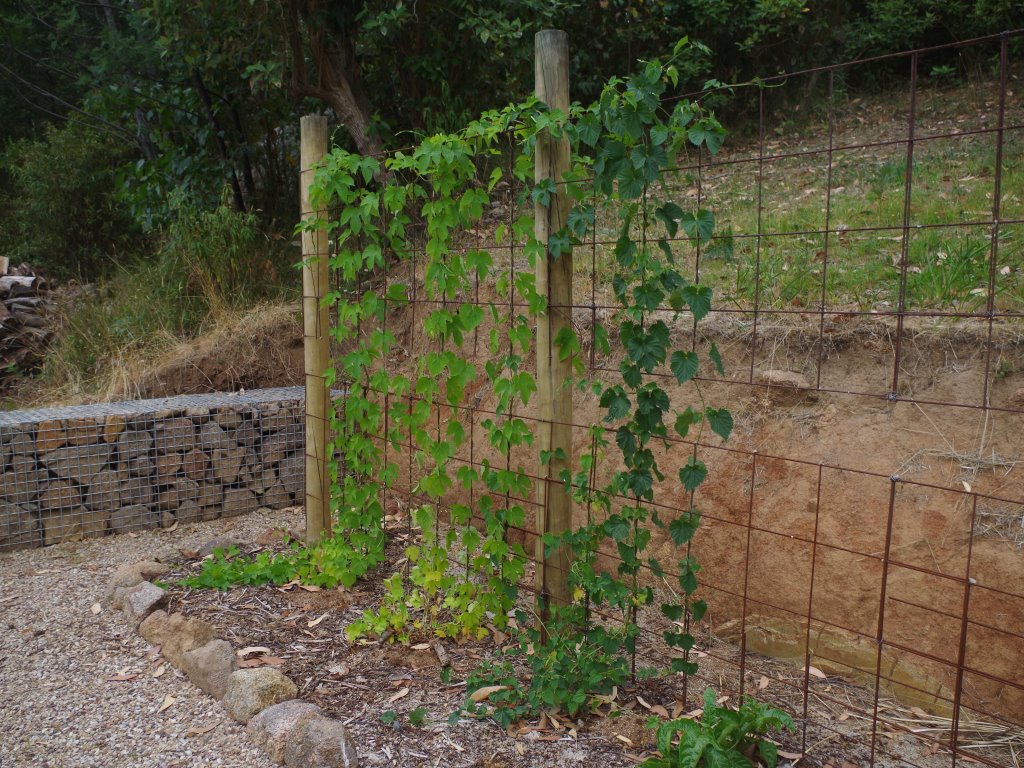

We’re up for another run of hot days this week. Summer has returned.
Onto the flowers:

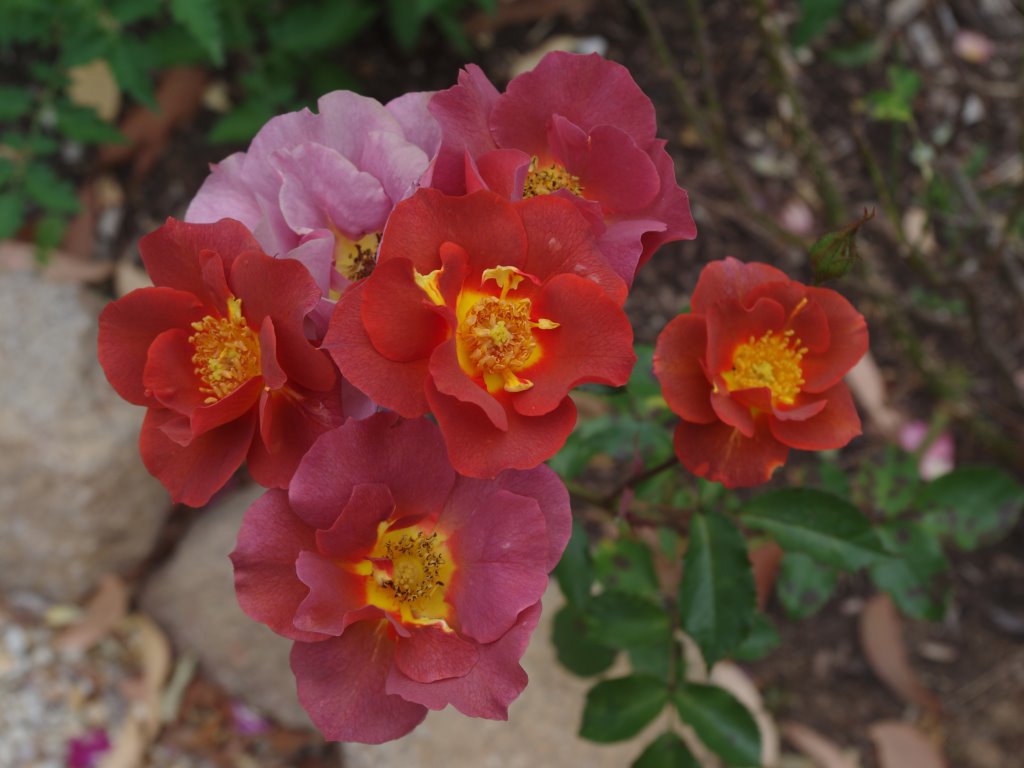
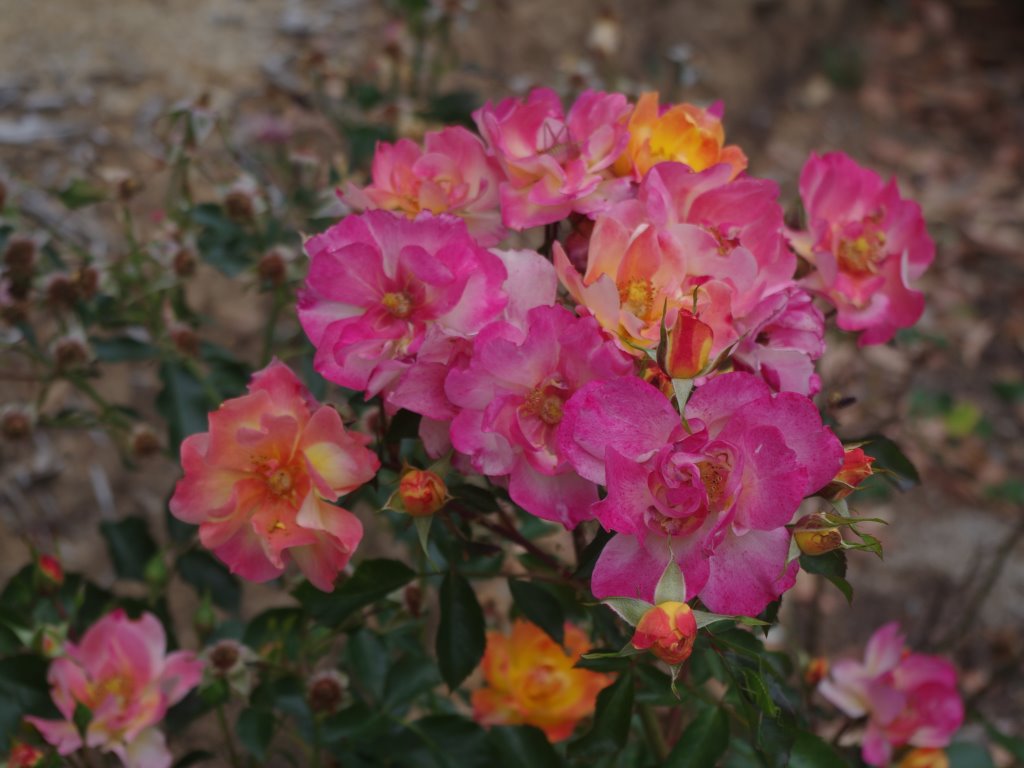
The temperature outside now at about 11am is 22’C (72’F). So far this year there has been 63.2mm (2.5 inches) which is the same as last weeks total of 63.2mm (2.5 inches)
